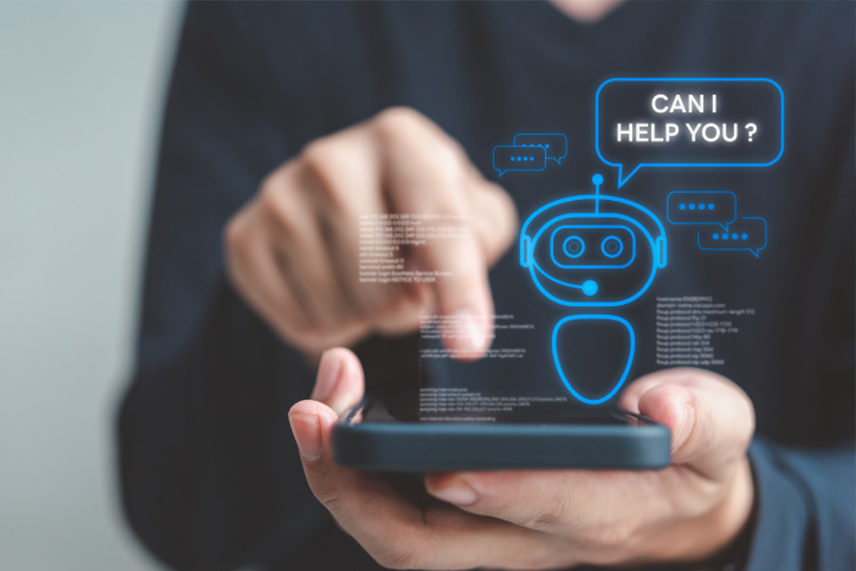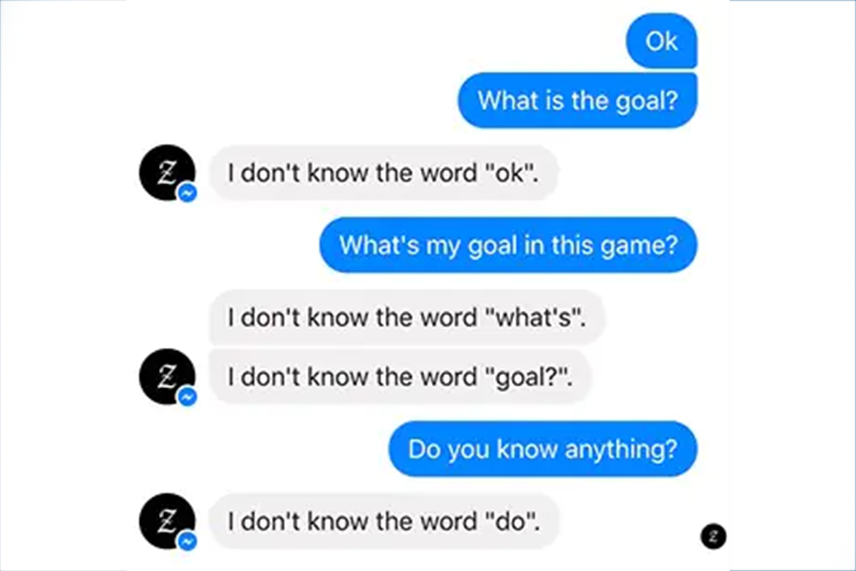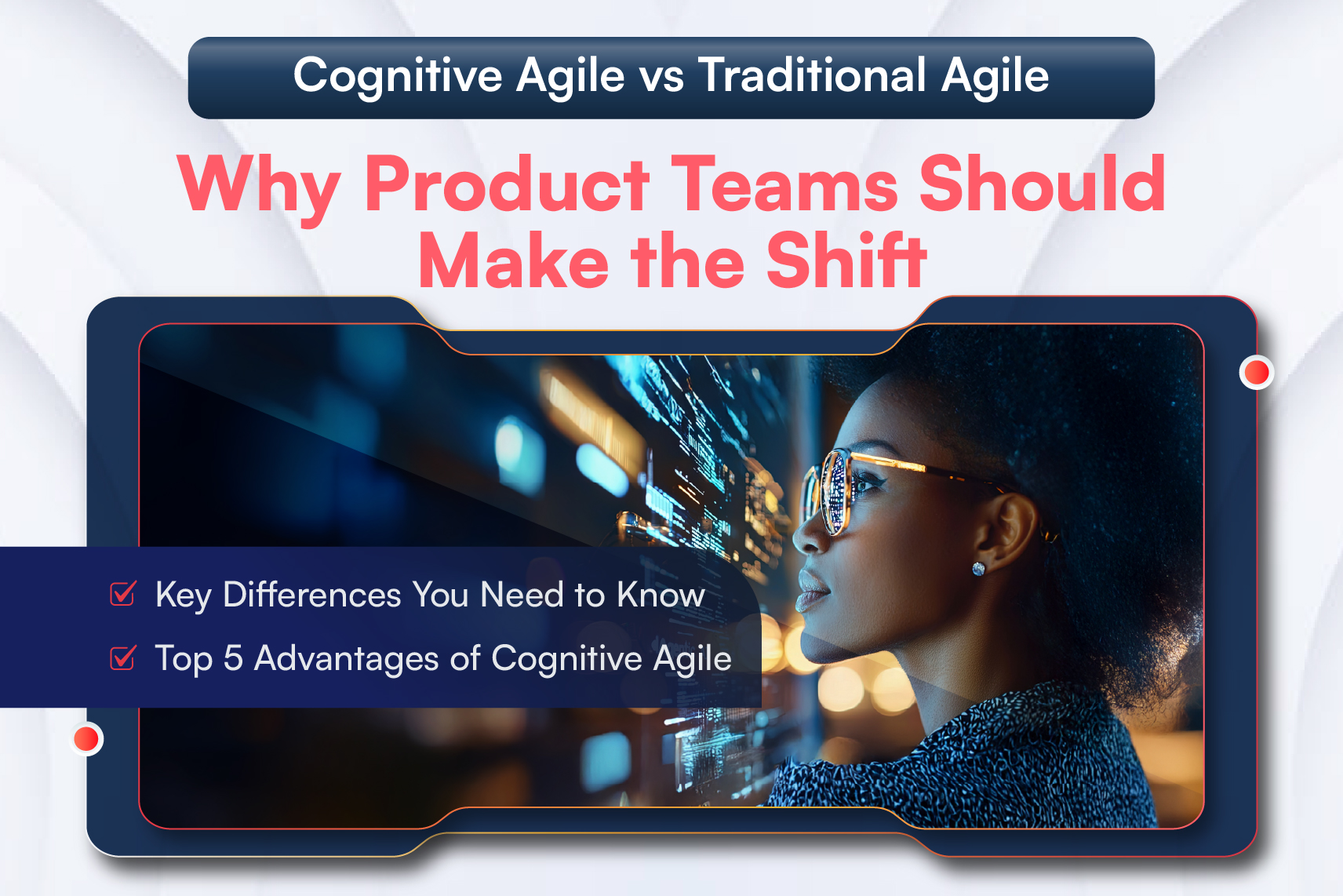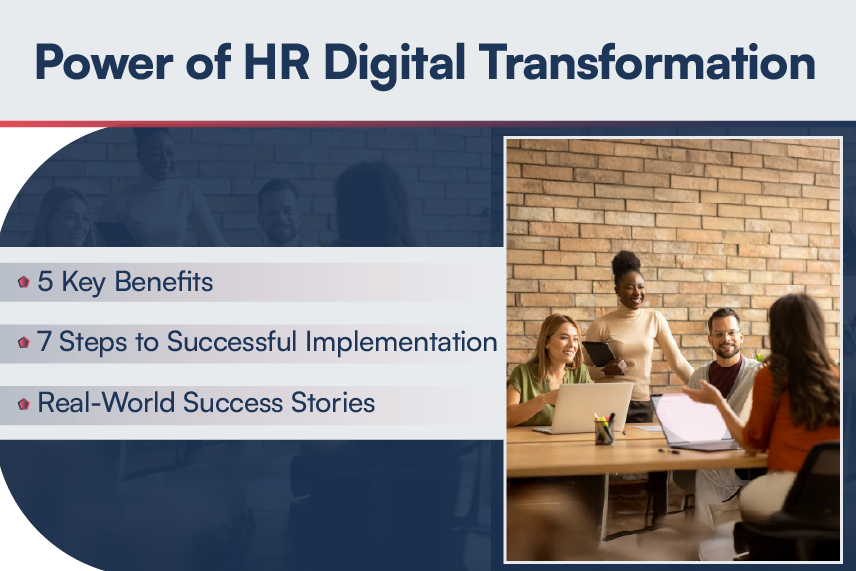
You have a question, a chatbot pops out, and is at your service. Simple, right? Unfortunately, not.
Chatbots were to help answer FAQs, speed up sales processes and lighten the load of customer support representatives, automate workflows and do much more. But somehow, they don’t seem to rank high enough on the popularity charts. At least not yet!
Chatbots powered by both – simple to medium complexity text parsers and advanced AI engines, enable them to comprehend and respond to queries. They could be tele-bots, chatbots, voice-bots and need to make machines think and respond like humans. Did they really help businesses grow, as they were intended to?
From a user’s perspective
For any business creating a focussed chatbot application, it is like hiring a digital employee without having to pay any salary and benefits. In 2017, a Forrester Research report suggested that 57% of companies either used chatbots already or planned to do so in the coming year. These businesses would have created bots to handle all routine/ preliminary queries for their business with the primary aim of saving costs and time and increasing efficiency.
However, did actual users feel the same? It makes us wonder if users felt as many advantages in interacting with a bot instead of a human.
Several times we encounter transcripts such as:
- “The number you have dialled is currently not available”.
- “For xyz, please dial 1 for English, 2 for product information, …” (till you get your answer or the voice tells you to hang up or go back to the main menu)
- “Sorry I didn’t understand. Can you please try rephrasing your question?”
Or on other times, it could be a conversation like:

You have a question, a chatbot pops out, and is at your service. Simple, right? Unfortunately, not.
Chatbots were to help answer FAQs, speed up sales processes and lighten the load of customer support representatives, automate workflows and do much more. But somehow, they don’t seem to rank high enough on the popularity charts. At least not yet!
Chatbots powered by both – simple to medium complexity text parsers and advanced AI engines, enable them to comprehend and respond to queries. They could be tele-bots, chatbots, voice-bots and need to make machines think and respond like humans. Did they really help businesses grow, as they were intended to?
From a user’s perspective
For any business creating a focussed chatbot application, it is like hiring a digital employee without having to pay any salary and benefits. In 2017, a Forrester Research report suggested that 57% of companies either used chatbots already or planned to do so in the coming year. These businesses would have created bots to handle all routine/ preliminary queries for their business with the primary aim of saving costs and time and increasing efficiency.
However, did actual users feel the same? It makes us wonder if users felt as many advantages in interacting with a bot instead of a human.
Several times we encounter transcripts such as:
- “The number you have dialled is currently not available”.
- “For xyz, please dial 1 for English, 2 for product information, …” (till you get your answer or the voice tells you to hang up or go back to the main menu)
- “Sorry I didn’t understand. Can you please try rephrasing your question?”
Or on other times, it could be a conversation like:
In instances such as these, perhaps the chatbot completely missed the intention of your message or the bot said something rude and did not pick up on your disapproval — we’ve all had bad chatbot experiences as well.
A significant number of chatbots fall short of their intended value, because the chatbot couldn’t pick up human intent well. Facebook bots too hit a failure rate of 70%, confirming our argument that most bots were not built to cater to the finer aspects of human language, intent and even context.
However there exist bots that are advanced – the ones that go way beyond just branching logic and pre-defined logic sequences that the bot traverses to give users an answer.
For example, Microsoft introduced its own bot Xiaoice, that had her own TV show, and even wrote poetry, said CEO Satya Nadella, last year. The bot is almost a celebrity in China, with more than a staggering 660 million online users worldwide.
What makes bots tick
Purpose: Chatbots are successful when they target a specific purpose like sharing sales information, answering FAQs (instead of a user having to scroll through the Q-A text), etc. A business thus needs to make sure that a single chatbot is not handling too many varied inputs and instead has a clearly defined task. Or even a domain to which it could be attached to – e.g. onboarding in the HR space OR employee verification and so on
Conversation flow: Chatbots are created based on a decision-tree logic whereby they generate their responses on specific keywords identified in the user’s input.
However, at times, this can lead to unstructured conversations which further end up with a disappointed user. To rectify this, a considerable amount of training data can be fed to the AI. Through Machine Learning, AI-based chatbots learn from each interaction with a user. This will ensure that the chatbot is able to identify the user’s intention and respond accordingly.
Personality: Chatbots are visualized as an extension of a human customer service rep. A well-defined personality will help feed the emotions into the chatbot, which will ensure repeated use and engagement. Then the chatbot is able to represent a business’s brand, its culture, along with other extrinsic aspects such as tone and relevant language structure, end-user experience and so on. No more rude chatbots!
Human escalation: Chatbots lack proper protocols for human escalation. Users like to know that they can still rely on humans whenever technology fails. And therefore, chatbots will do better when they’re connected to an escalation workflow which allows a human to take over the conversation when the bot is unable to help.
Feedback and insights: Introducing this feature is a way of showing that you value your users and their opinions. Feedback bots can be real-time, if needed, and can offer quantitative as well as qualitative contextual data. This leads to higher user engagement as complaints can be resolved far more proactively.
In HR Tech, chatbots could be utilized for various HR operations ranging from talent acquisition, onboarding, identifying training to guaranteeing employee satisfaction. In terms of the recruitment process, these bots not only address basic queries that a potential employee might have but also collect standard information from candidates about their skills and competencies.
Some of these bots can even carry out primary interviews of candidates and evaluate them based on specific keywords. Chatbots are then equipped to disburse information regarding detailed company processes, particularly to newer recruits, performance-based feedback instantly, and even training sessions!
That brings us to our primary question of whether AI can be applied to make machines think and respond like humans. The answer is – close enough to respond like humans. And such chatbots will go on to upgrade job content for some roles and make them richer in terms of moving up the value chain.
If you’re curious to know more about chatbots and whether or not, they could superpower your HR activities, please connect us with contact@harbingergroup.com






